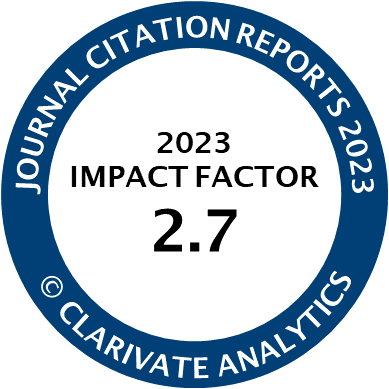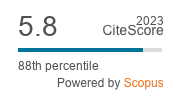Article | Open Access
Cold Science Meets Hot Weather: Environmental Threats, Emotional Messages and Scientific Storytelling
| Views: | 5545 | | | Downloads: | 2133 |
Abstract: Science is frequently called upon to provide guidance in the work towards sustainable development. However, for science to promote action, it is not sufficient that scientific advice is seen as competent and trustworthy. Such advice must also be perceived as meaningful and important, showing the need and urgency of taking action. This article discusses how science tries to facilitate action. It claims that the use of scientific storytelling—coherent stories told by scientists about environmental trajectories—are central in this; these stories provide meaning and motivate and guide action. To do this, the storylines need to include both a normative orientation and emotional appeals. Two different cases of scientific storytelling are analyzed: one is a dystopic story about a world rushing towards ecological catastrophe, and the other is an optimistic story about a world making dramatic progress. These macrosocial stories offer science-based ways to see the world and aim to foster and guide action. The article concludes by stating that using storylines in scientific storytelling can elicit fear, inspire hope, and guide action. The storylines connect cold and distant scientific findings to passionate imperatives about the need for social transformation. However, this attachment to emotions and values needs to be done reflexively, not only in order to create engagement with an issue but also to counteract a post-truth society where passionate imperatives go against scientific knowledge.
Keywords: Anthropocene; emotions; Factfulness; narratives; science communication; scientific storytelling; The Great Acceleration
Published:
Supplementary Files:
© Rolf Lidskog, Monika Berg, Karin M. Gustafsson, Erik Löfmarck. This is an open access article distributed under the terms of the Creative Commons Attribution 4.0 license (http://creativecommons.org/licenses/by/4.0), which permits any use, distribution, and reproduction of the work without further permission provided the original author(s) and source are credited.




